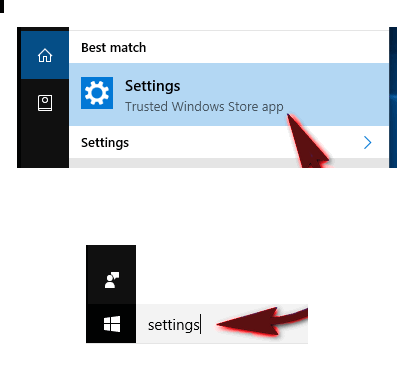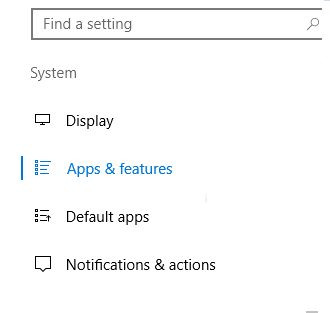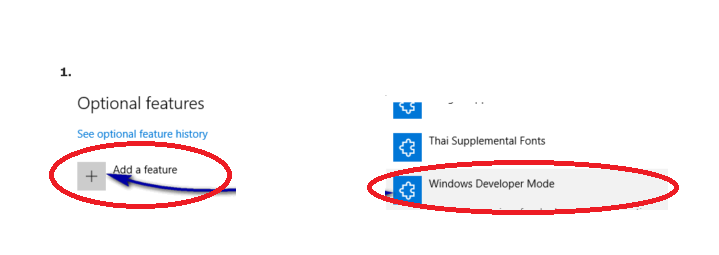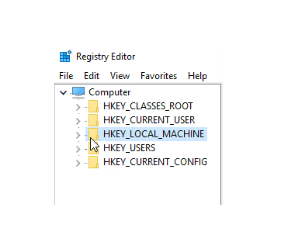This guide will help fix Error Code 0x80004005 “Developer Package Failed To Be Installed”. This error can occur on Windows 10 but also on earlier versions up to Windows 7, mostly commonly when you try to get Bash to work.
Recently many users around the web have experienced an uncommon error. It is actually Error 0x80004005 and it could appear as a result of a great number of possible scenarios. Such a problem is a sign that some particular extra components, which your operating system needs in order to enable additional features for debugging, have not been installed in an automatic way. Typically, you can receive the message for such an issue when you try to incorporate Bash into your system. Another possibility is while you are enabling developer mode and installing it. Apparently, no particular cause could be blamed for the appearance of error 0x80004005.
Error 0x80004005 is incapable of making your machine useless or harming it. Nevertheless, in case you have to access the developer options or Bash, such a problem could be a real pain in the neck.
Fortunately, we have assembled the most widely used and successful methods to guide you to fixing this issue in the article below. The guide should work in all cases. If you have come across another different successful solution, please share it with us. It will be great to update our list with it. Good luck!
Error 0x80004005 Fix
The Guide
Option #1: Install the Developer Mode in a manual way
To be honest, this option is among the easiest to perform. Via the steps below you will be able to manually install the Developer Mode on your PC. As soon as you are done with that, you will be able to go on using the features. First you need to load the Settings. You can do that either via pushing the Windows key on your keyboard or via writing Settings and after that selecting the search result with that name.

As soon as you are in, look for and enter the Apps & features menu.
Then select the Manage Optional features that you will see at the top.

Select Add a feature. After that go with the Windows Developer Mode package. Follow the installation wizard to incorporate it into your system. After that perform a restart of the entire computer.

As soon as you are finished, enter the Elevated Command Prompt. Do that by holding the Windows and the X keys of your keyboard at the same time. When the menu is displayed, simply choose to enter Command Prompt (Admin) from the menu.

Type the command below when you are in:
sc config debugregsvc start=auto

As soon as this command has been implemented, go back to the For Developers page. Return there by hitting the Windows button of your keyboard and writing For Developers. Don’t panic if you still receive the error code. While it may still appear, you will now be able to authorize the features that you want to use.
Option #2: Stop the UseWUServer registry key
This is the second potential solution that we are offering to you. However, if you are not experienced enough, please be cautious. Making a mistake or changing anything while within the registry could result in spoiling your OS once and for all.
Be careful and stick to the instructions below very closely. It is important that you shouldn’t skip any step. In this way you will make sure this error will be solved without causing another one.
- Load a Run dialogue window by pushing the Windows and the R keys at the same time. Once it has been opened, write regedit.exe. Push OK (or you can also hit Enter on your keyboard).
At that point the Registry Editor should load. As soon as you access it, navigate left to reach the key below:
HKEY_LOCAL_MACHINE\SOFTWARE\Policies\Microsoft\Windows\WindowsUpdate\AU
Attention: Back up the to-be-edited keys before you proceed with modifying them by right-clicking on the parent folder and then choosing Export.
Modify the UseWUServer by changing its value to 0. Another option is to get rid of the entire AU folder by deleting it.
developer-mode-package-failed-to-install-error-code-0x80004005
This step should be completed in 10-15 minutes. In case you would like to make the process faster, just enter the Elevated Command Prompt (as explained in Option #1). Then apply the commands below. Don’t forget to push Enter after selecting each of them in order to execute them.
- net stop wuauserv
- net stop bits
- net stop cryptsvc
- net start wuauserv
- net stop bits
- net stop cryptsvc
After you have finished doing that, exit the Command Prompt. The issue shouldn’t be present after following the instructions above.
We hope our advice will help you NOT to be bothered by this error anymore.





































